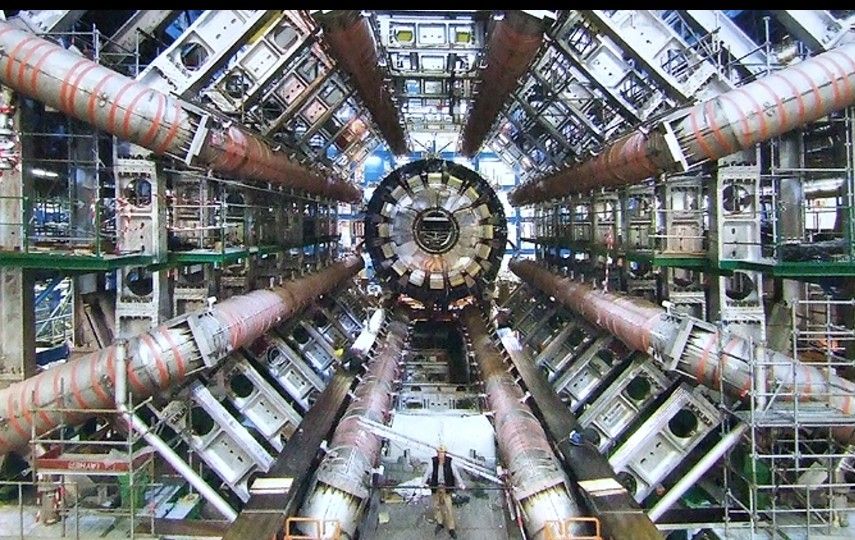Jan 13, 2012
Verne, Wells, and the Obvious Future Part 2
Posted by Gary Michael Church in categories: asteroid/comet impacts, biotech/medical, business, defense, economics, education, engineering, ethics, events, evolution, existential risks, futurism, life extension, lifeboat, media & arts, military, nuclear weapons, philosophy, physics, policy, space
I am taking the advice of a reader of this blog and devoting part 2 to examples of old school and modern movies and the visionary science they portray.
Things to Come 1936 — Event Horizon 1997
Things to Come was a disappointment to Wells and Event Horizon was no less a disappointment to audiences. I found them both very interesting as a showcase for some technology and social challenges.… to come- but a little off the mark in regards to the exact technology and explicit social issues. In the final scene of Things to Come, Raymond Massey asks if mankind will choose the stars. What will we choose? I find this moment very powerful- perhaps the example; the most eloguent expression of the whole genre of science fiction. Event Horizon was a complete counterpoint; a horror movie set in space with a starship modeled after a gothic cathedral. Event Horizon had a rescue crew put in stasis for a high G several month journey to Neptune on a fusion powered spaceship. High accelleration and fusion brings H-bombs to mind, and though not portrayed, this propulsion system is in fact a most probable future. Fusion “engines” are old hat in sci-fi despite the near certainty the only places fusion will ever work as advertised are in a bomb or a star. The Event Horizon, haunted and consigned to hell, used a “gravity drive” to achieve star travel by “folding space.” Interestingly, a recent concept for a black hole powered starship is probably the most accurate forecast of the technology that will be used for interstellar travel in the next century. While ripping a hole in the fabric of space time may be strictly science fantasy, for the next thousand years at least, small singularity propulsion using Hawking radiation to achieve a high fraction of the speed of light is mathematically sound and the most obvious future.
https://lifeboat.com/blog/2012/09/only-one-star-drive-can-work-so-far
That is, if humanity avoids an outbreak of engineered pathogens or any one of several other threats to our existence in that time frame.
Continue reading “Verne, Wells, and the Obvious Future Part 2” »










